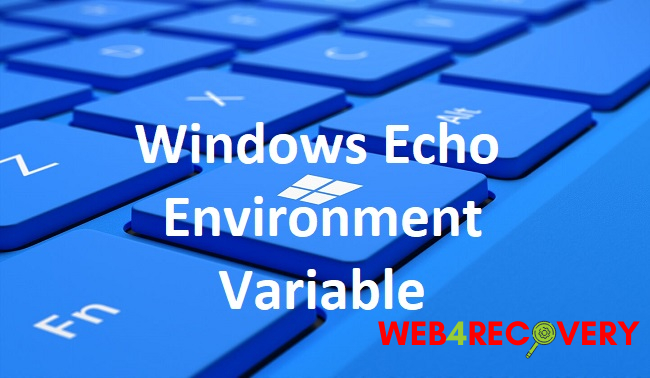Understanding environment variables is essential when working with different operating systems, such as Windows and Linux, or with various interfaces like PowerShell and Command Line.
In this detailed article, we will explore how to see the names and values of environment variables, how to set them, why they sometimes fail to work, and finally, effective methods to fix these issues.

Environment Variables: An Overview
Environment variables are a set of dynamic-named values that can affect the way running processes will behave on a computer. They are part of the environment in which a process runs.
For example, a running process can query the value of the TEMP environment variable to discover a suitable location to store temporary files, or the HOME or USERPROFILE variable to find the directory structure owned by the user running the process.
Viewing Environment Variables in Windows
In a Windows system, there are several ways to view environment variables.
- Through System Properties: Navigate to ‘Control Panel > System and Security > System > Advanced System Settings > Environment Variables.’ Here, you can view or modify the environment variables.
- Using Command Prompt: Open the Command Prompt and type
setthen hit Enter. This command displays a list of all environment variables along with their current values.
Setting Environment Variables in Windows
Setting environment variables in Windows can also be accomplished in two ways.
- Through System Properties: In the ‘Environment Variables’ window (accessible as described above), you can add new user and system variables, or modify the existing ones.
- Using Command Prompt: The
setxcommand can be used to create or change environment variables. For example,setx VARNAME "VARVALUE"will create an environment variable named VARNAME with the value VARVALUE.
Viewing and Setting Environment Variables in PowerShell
To view all environment variables in PowerShell, you can use the Get-ChildItem cmdlet, like so: Get-ChildItem env:.
To set an environment variable in PowerShell, use the Env: drive in PowerShell. For instance, $Env:VARNAME = "VARVALUE" sets a variable named VARNAME with the value VARVALUE.
Using the Command Line in Linux
In a Linux system, the ‘printenv’ command followed by the variable name is used to display the value of an environment variable: printenv VARNAME.
To set an environment variable in a Linux system, you use the export command: export VARNAME=VARVALUE. This will create a variable VARNAME and assign the value VARVALUE to it.
Troubleshooting: When Environment Variables are not working
Despite correctly following the above steps, there might be instances when environment variables do not work as expected. Common causes include:
- Incorrect Variable Names: Environment variables are case sensitive. An error in case or a typo can lead to unexpected behavior.
- Scope Issues: An environment variable set in a particular user scope will not be available system-wide. Similarly, variables set in a session are not available in other sessions or to other users.
- Path Issues: If the environment variable is a path to a certain file or directory, ensure that the path exists and the system/user has the right permissions to access it.
Methods to Fix Issues with Environment Variables
Here are some ways to rectify issues with environment variables.
- Verify Names and Case: Ensure that the environment variable names are spelled correctly and in the correct case.
- Check Variable Scope: Check the scope of the variable and verify it is available to the necessary sessions or users.
- Validate Paths and Permissions: If the environment variable is a file or directory path, confirm that it exists and is accessible.
In conclusion
Environment variables play a critical role in the operation of various computer programs on different systems.
By understanding how to correctly view and set these variables and troubleshoot common issues, you can ensure smooth operation of these processes on your system.

















